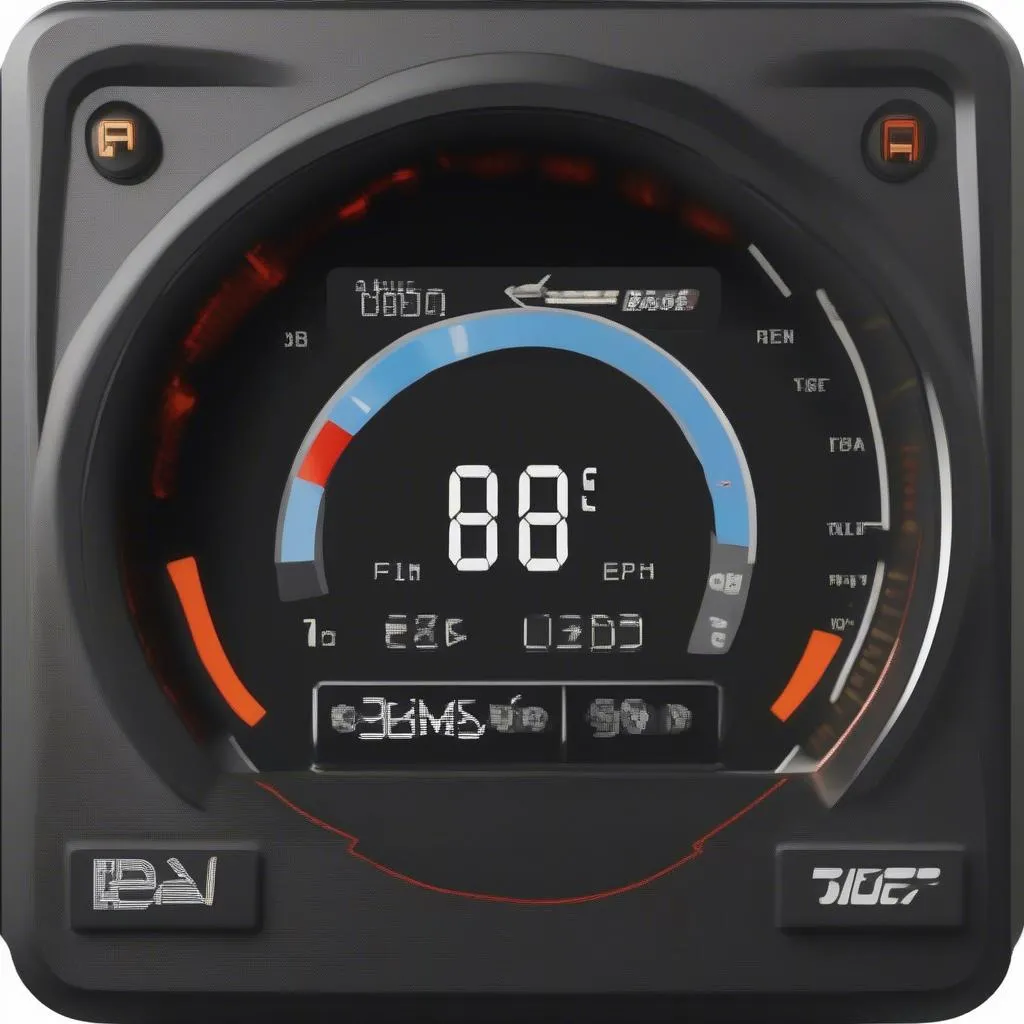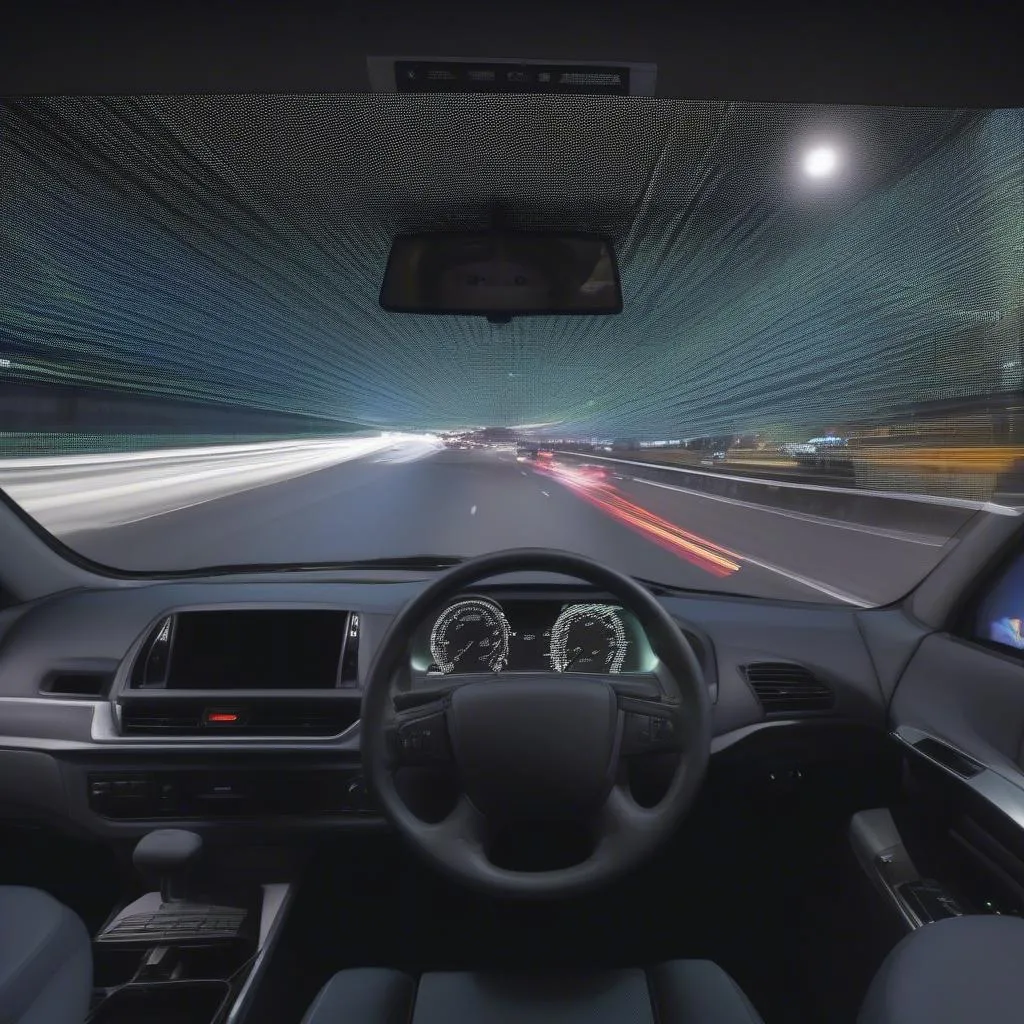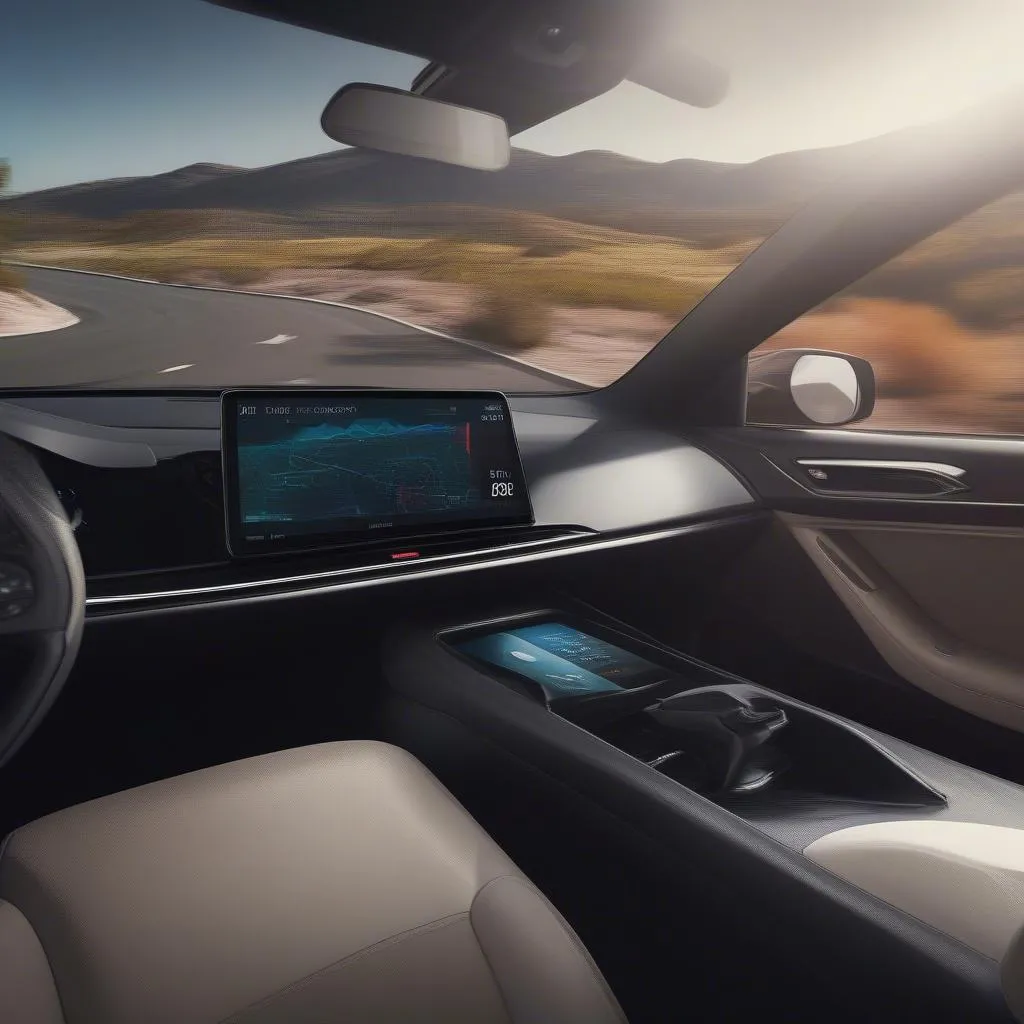Imagine you’re cruising down the highway, enjoying the open road, when a nagging feeling creeps into your mind. “Is everything alright with my car?” You can’t shake the thought, but there’s no way to know without pulling over and checking.
That’s where an in-car OBD display comes in. It’s like having a mini-computer in your car, providing real-time information about your vehicle’s performance right at your fingertips. But what exactly is an OBD display, and how can it benefit you? Let’s dive into this intriguing world of automotive technology!
What is an In-Car OBD Display?
An in-car OBD display, also known as an OBD reader or scanner, is a device that plugs into your car’s On-Board Diagnostic (OBD) port, typically located under the dashboard. It allows you to access and monitor a vast array of data from your vehicle’s computer, including:
- Engine performance: Engine speed (RPM), fuel consumption, coolant temperature, air intake pressure, and more.
- Vehicle diagnostics: Fault codes, emissions data, and sensor readings.
- Driving data: Speed, distance traveled, and average fuel economy.
Why Use an In-Car OBD Display?
1. Enhanced Vehicle Awareness
Imagine you’re driving on a long road trip, and you notice a sudden drop in fuel economy. With an OBD display, you can quickly check if there’s a problem with your engine or fuel system. It allows you to be proactive in maintaining your car’s health, potentially saving you from costly repairs later on.
2. Advanced Diagnostics and Troubleshooting
If your car’s “check engine” light illuminates, an OBD display can help you pinpoint the issue. It reads fault codes and provides clear descriptions, allowing you to address the problem before it escalates. This can save you time and money by eliminating guesswork during repairs.
3. Economical Driving Habits
Many OBD displays offer real-time fuel consumption readings. By monitoring your driving style and fuel efficiency, you can identify areas for improvement and adopt more economical driving habits. This can lead to substantial fuel savings over time.
Types of In-Car OBD Displays
There are various types of OBD displays available, each offering unique features and functionalities.
1. Gauge Displays
 Gauge Display
Gauge Display
These displays resemble traditional car gauges but offer a wider range of data. They are commonly used to monitor engine performance or track driving habits.
2. Head-Up Displays (HUD)
 Head-Up Display
Head-Up Display
HUDs are gaining popularity for their safety benefits. They display essential information like speed, navigation directions, and warning alerts directly onto the windshield, minimizing distractions.
3. In-Dash Displays
 In-Dash OBD Display
In-Dash OBD Display
These displays typically offer more advanced features, including customizable dashboards, GPS navigation, and multimedia functions.
Frequently Asked Questions About In-Car OBD Displays
Q: Can I use an OBD display with any car?
A: Most OBD displays are compatible with vehicles manufactured after 1996 in the US, 2001 in Europe, and 2003 in Japan, which use the OBD-II standard. However, it’s always recommended to check compatibility with your specific car model.
Q: Are there any potential downsides to using an OBD display?
A: While generally safe, some OBD displays might drain your car’s battery if left plugged in for extended periods. Always disconnect the display when not in use. Additionally, certain advanced OBD displays might require professional installation.
Q: What are some popular brands of OBD displays?
A: Popular brands include ScanGauge, Kiwi OBD, and BluDriver.
Tips for Choosing the Right OBD Display
- Compatibility: Ensure the display is compatible with your car model and year.
- Features: Consider the features you need, such as data monitoring, diagnostic capabilities, and connectivity options.
- Ease of use: Choose a display with an intuitive interface and clear data presentation.
- Cost: Set a budget and compare prices from different manufacturers.
In Conclusion
An in-car OBD display can significantly enhance your driving experience by providing valuable insights into your vehicle’s performance and health. It empowers you to be a more informed and responsible driver, potentially saving you time, money, and headaches in the long run. Whether you’re an experienced car enthusiast or simply seeking greater peace of mind, an OBD display is a valuable addition to your automotive toolkit.
For professional assistance with diagnostics and installations, feel free to contact our team of experts via Whatsapp: +84767531508. We are available 24/7 to guide you through the process and help you make the most of your in-car OBD display experience.
Don’t forget to explore other informative articles on our website:
Share your thoughts and experiences with in-car OBD displays in the comments section below. We’d love to hear from you!